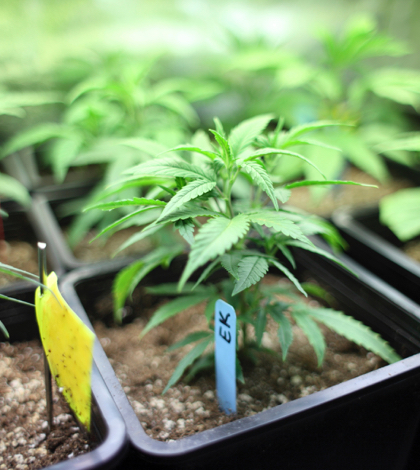The evolving state Cannabis Cultivation Policy was further defined earlier this week when the State Water Resources Control Board (SWRCB) voted to clarify implementation issues while ensuring growers continue to be environmentally responsible in both urban and rural grow sites throughout much of California. The initial policy was approved in October of 2017 in response to Proposition 215, the Compassionate Use Act, which established the medical cannabis industry, and Proposition 64 in 2016, which legalized recreational marijuana use for adults 21 and older in January 2018.
“The updates improve the rules that commercial cannabis growers must follow, while adhering to sound environment protection practices intended to keep waterways and lands from being contaminated, and water resources protected when there is more demand than supply,” said Eileen Sobeck, executive director at the SWRCB.
In spite of the new updates the main tenets of the Cannabis Cultivation Policy remain unchanged – to protect water flows and water quality in the state’s rivers and streams. The SWRCB has actively worked with the North Coast and Central Valley Regional Water Boards and the California Department of Fish and Wildlife, since 2013 in advance of the voter-approved propositions to address the potentially harmful environmental impacts of cannabis cultivation.
Toward that end the SWRCB has approved the four following key updates:
- Onstream reservoirs: This update provides a path for cultivators with pre-existing onstream reservoirs to obtain a Cannabis Small Irrigation Use Registration (SIUR) water right if the reservoir meets specific conditions – it existed prior to Oct. 1, 2016, and it is determined that the removal of the reservoir and installation of off-stream storage would cause more environmental harm than continuing the use of the existing reservoir.
- Tribal buffers: Provides certain options for Native American tribes to implement cannabis cultivation activities within 600 feet of tribal lands and a 45-day period for tribes to accept, reject, or remain silent regarding a cannabis cultivation request.
- Winterization requirements: Addresses the shift of cannabis cultivation sites from remote locations in rugged terrain that pose a high threat of stormwater runoff towards flatter areas that don’t pose as serious of a runoff threat. The update allows for the Executive Officer or other designee from a Regional Water Board to authorize the use of heavy equipment for routine cannabis cultivation preparation and planting through approval of a site management plan.
- Indoor cultivation site exemptions: For indoor cultivation sites that have a building permit and certificate of occupancy for cannabis cultivation, and that discharge waste to a permitted wastewater collection system, cultivators are exempt from the riparian setback and tribal buffer requirements.
Although the cannabis cultivation industry has pushed far beyond its origins along the rugged and frequently rainy North Coast into more established farmlands of the Central Valley and Central Coast, the SWRCB is continuing its enforcement efforts while engaging with new cultivators to help them understand the regulations, in navigating the permitting process, and in becoming compliant with the regulations.
For more information about the SWTCB’s rules for commercial cannabis cultivation in California, go to: https://www.waterboards.ca.gov/water_issues/programs/cannabis/ or their related social media pages.
 California Water News Daily Your Source For Water News in California
California Water News Daily Your Source For Water News in California


